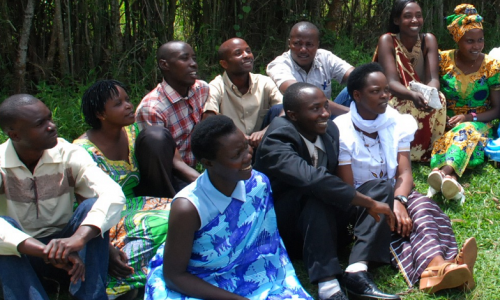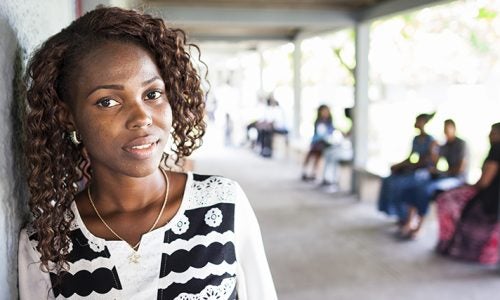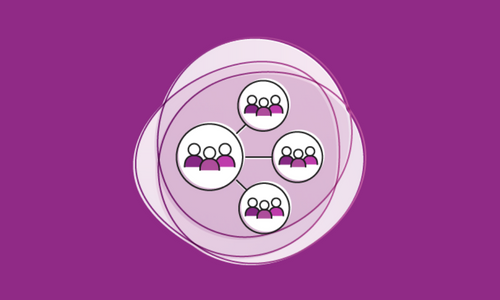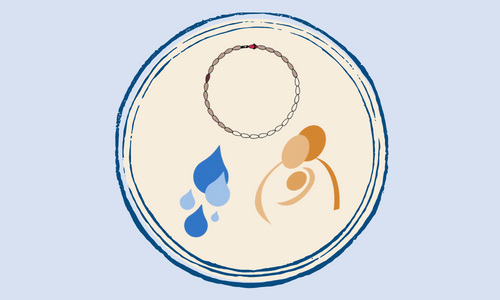Radio discussion on the state of birth control in America: Our top 5 takeaways
The Daily Circuit, a news program of Minnesota Public Radio (MPR) hosted a discussion on “the State of Birth Control in America” on March 12, where the Institute for Reproductive Health’s director, Dr. Victoria Jennings was a guest speaker alongside Guttmacher Institute‘s Dr. Megan Kavanaugh.
From the impact of the pill to long-term methods and the future of male contraception, one thing was reinforced by those calling in and tweeting questions and comments during the interview: women and couples in the United States want and appreciate options that are effective, safe, and hormone-free.
Here are our Top 5 Takeaways from the dialogue:
5. Apps galore. There are many apps out there for cycle tracking. But if a woman wants to use an app to naturally avoid pregnancy, she should make sure she’s choosing one that is based on an effective, scientifically-proven method of family planning, like the CycleBeads® app for smartphones or CycleBeads® Online, based on the Standard Days Method®.
4. No pressure, please. Women themselves are the ones who need to make the decision about a family planning method, when and how they want it. Health providers in the U.S. need to provide unbiased information, where no woman or couple should be pressured to accept a method preferred by a provider.
3. Wanted: shared responsibility. Many women want their partners involved in their family planning decisions, and many men want to take some responsibility, too. Again, knowledge about all options is key to a couple making the best decision for them.
2. Women concerned with side effects and hormones. Many callers expressed interest in learning more about their bodies and their fertility, or felt enlightened about their body’s natural signs when they transitioned away from hormones. Ultimately, it was emphasized that there really is a need for increased access to this information across the life course.
1. Understanding of our bodies [read: fertility awareness] is truly low in the U.S. Recent studies have revealed it, but take this caller’s conversation with Dr. Jennings as an example:
“When I got off the pill, I was surprised how little I knew about fertility, cycles and conception that naturally occur in my own body, and how little the women around me knew about that as well. So I was wondering, how can we put efforts toward educating women at a young age? I wish I had known this stuff when I was 16 and been more self-aware.”
Dr. Jennings responded:
“I think that’s an excellent question. Women’s and men’s level of knowledge about their fertility is so low. What are the myths out there that are keeping people from understanding their bodies and their menstrual cycles, and being able to use, for example, a fertility awareness method when they want to know when they’re fertile? The information is just not getting to people. So I look forward to a robust discussion on the community of practice that works with women and young girls to help get this very simple information to people.
You would be surprised, for example, how many women know they have some kind of secretions during their cycles, but they believe that they’re sick — that something’s wrong with them. They don’t know it’s a normal sign of fertility. These are just things that are so basic to understand, regardless of what family planning they use.”
Listen to the full podcast here.
Helpful, related resources:
CycleSmart™ Brochure for Girls & Guys (English, Spanish)
CycleSmart Programmatic Guidelines (English, Spanish)
My Changing Body: Body Literacy & Fertility Awareness for Young People (2nd Edition) (English, Spanish)
CycleBeads Online | CycleBeads® app
 Where We Work
Where We Work  Press Room
Press Room  FACT Project
FACT Project  Passages Project
Passages Project  Learning Collaborative
Learning Collaborative  Search All Resources
Search All Resources  Social Norms
Social Norms  Fertility Awareness Methods
Fertility Awareness Methods